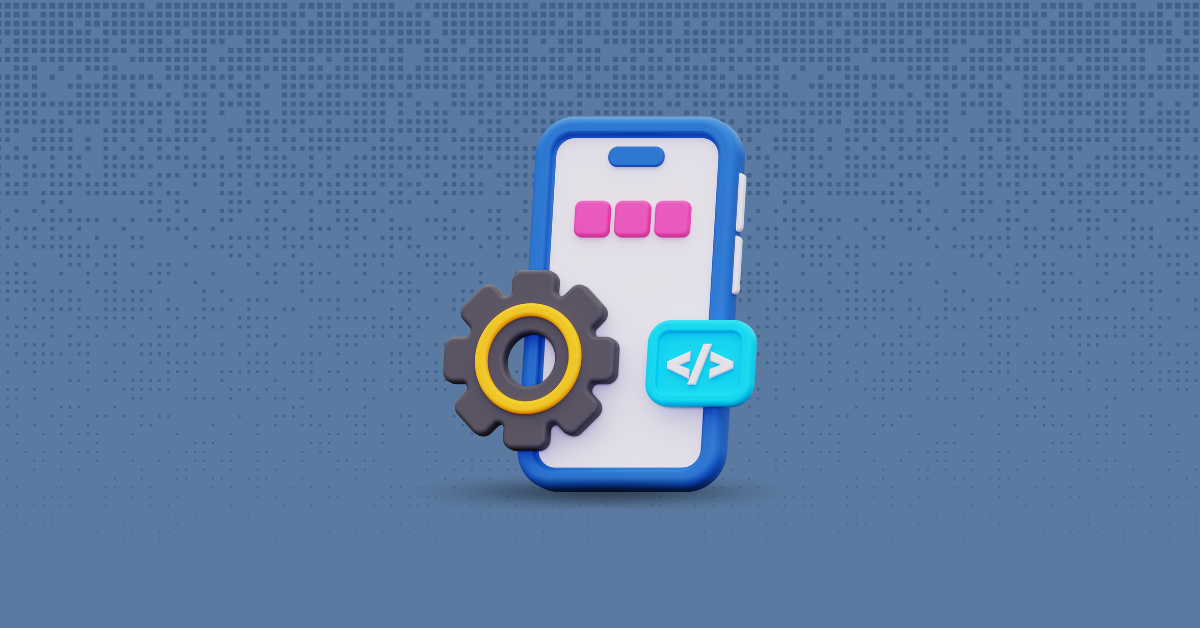
Imagine pouring your heart and soul into an iOS project, where every line of code is ingenuity in action. Your team has clocked countless hours, transforming coffee and concepts into a groundbreaking app that’s set to redefine its niche. Launch day comes, and the reception is electric!
But then, in a gut-wrenching twist, you discover your iOS app’s source code has been compromised. That moment of triumph morphs into a chilling realization of vulnerability. What will be the fallout? This is the stark reality of neglecting iOS app security. When bad actors get their hands on your intellectual property, the fallout is often disastrous.
In most situations, access to an app’s source code should be on a need-to-know basis. Think about it — the source code is the literal blueprint of your product. It details how it works, and what it does, and encompasses all the inner workings. Very few individuals outside your organization should have access to this critical asset, and there are numerous reasons to keep it guarded.
Stolen source code provides a roadmap for attackers to find and exploit vulnerabilities within your app, potentially leading to data breaches, unauthorized access to user information, and other security incidents that compromise user trust and safety.
Your source code is the total plan for your app’s unique features and functionalities. If it falls into the hands of competitors, they can replicate or improve upon your innovations, severely undercutting your market position and diluting your competitive edge.
The costs resulting from source code theft can be substantial. Additionally, the potential loss of revenue from compromised competitive advantage, damaged reputation, and eroded user trust can have long-term financial impacts on your business.
Perhaps most critically, the theft can lead to the exposure of user data if vulnerabilities are exploited. This breach of trust can lead to a significant loss of users, legal repercussions, and lasting damage to your brand’s reputation.
There are a number of ways that source code theft is facilitated. Sometimes it’s the result of disgruntled employees or contractors misusing their authorized access. Other times, hackers simply use the many freely available decompilation tools to disassemble apps. Below is a brief overview of the most common tactics used for source code theft.
There are many freely available tools that can reverse engineer an app’s compiled binaries back into readable code, revealing its functionality and potential vulnerabilities.
Man-in-the-Middle (MITM) attacks enable hackers to intercept communication between an app and its servers, gaining access to sensitive information and aspects of the source code.
Unauthorized access to source code can occur via leaked or stolen credentials, or through malicious actions by insiders with legitimate access, such as employees or contractors.
Exploiting weaknesses in third-party libraries and SDKs used by an app can provide attackers with a potential backdoor to the source code itself.
Storing or moving source code without encryption leaves it vulnerable, especially if it’s done over unsecured networks or through non-encrypted storage solutions.
Protecting your app against source code theft is a smart business move that will help safeguard your intellectual property so you can maintain a competitive edge and ensure the security and privacy of your app users. Here are some strategies and considerations to help protect your iOS app’s source code.
Apply code obfuscation techniques to critical parts of your source code to make reverse engineering more difficult. While complete obfuscation may be challenging for Swift and Objective-C, focusing on key areas can provide significant protection.
Avoid hardcoding sensitive information like API keys and credentials in your source code. Utilize secure storage solutions like the iOS Keychain, and consider server-side mechanisms for sensitive operations.
Store your source code in private repositories with a version control system such as Git. Ensure strict access control and regularly audit who has access to your code. There are countless examples of code that was leaked because of insecure storage.
Implement legal safeguards such as copyright notices in your source code and non-disclosure agreements (NDAs) with everyone who has access to your source code, to protect your intellectual property rights.
Conduct regular security audits of your app and its codebase to identify and fix vulnerabilities. Keep all components, libraries, and dependencies updated to their most secure versions.
Okay, source code theft is bad. We all understand. Let’s talk about stopping it. Enter Defender for iOS, PreEmptive’s latest solution to shield Swift and Objective-C apps from prying eyes. Get peace of mind in knowing that your app isn’t an easy target for bad actors to violate. Try it for yourself with a free, 14-day trial.